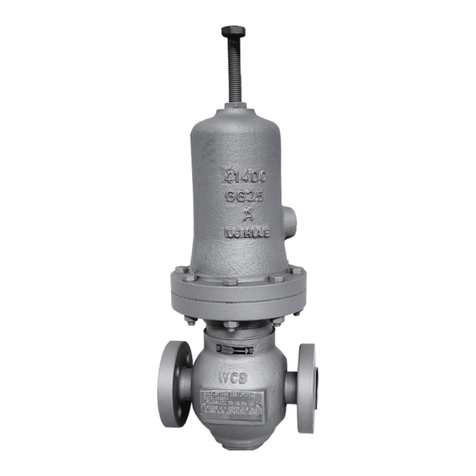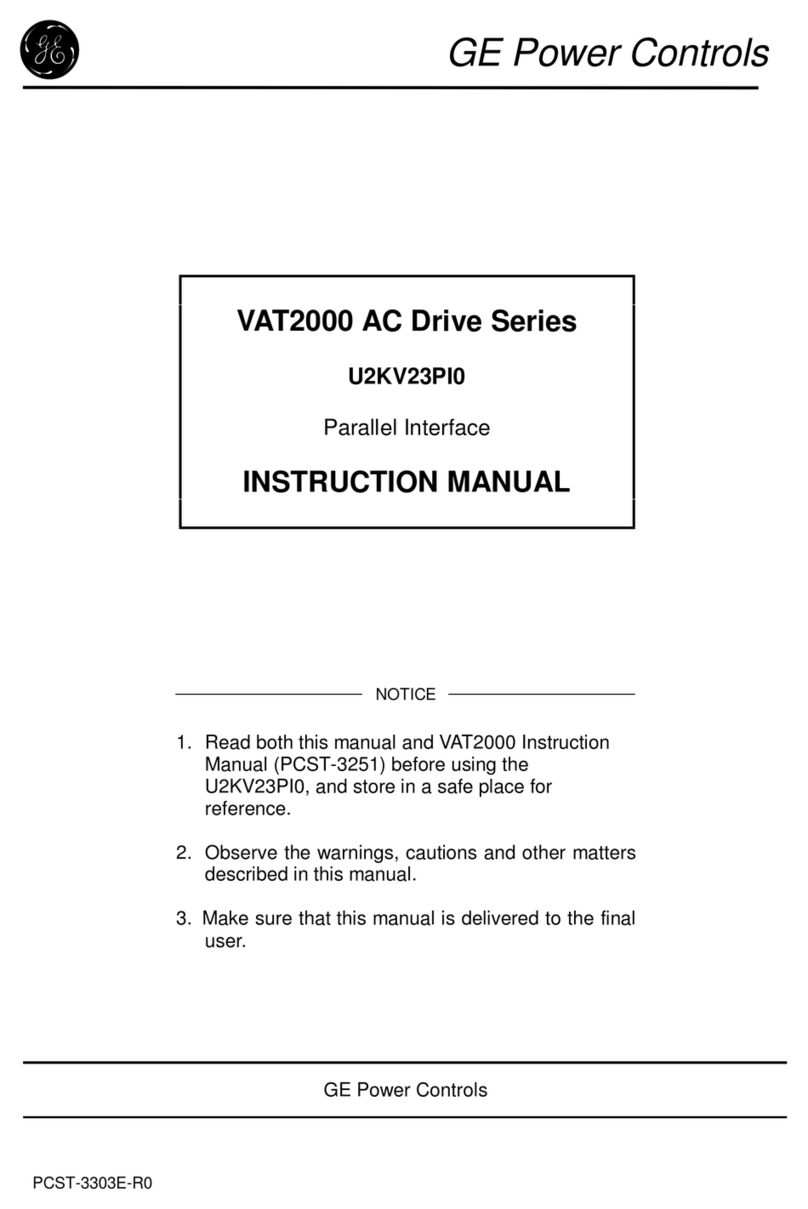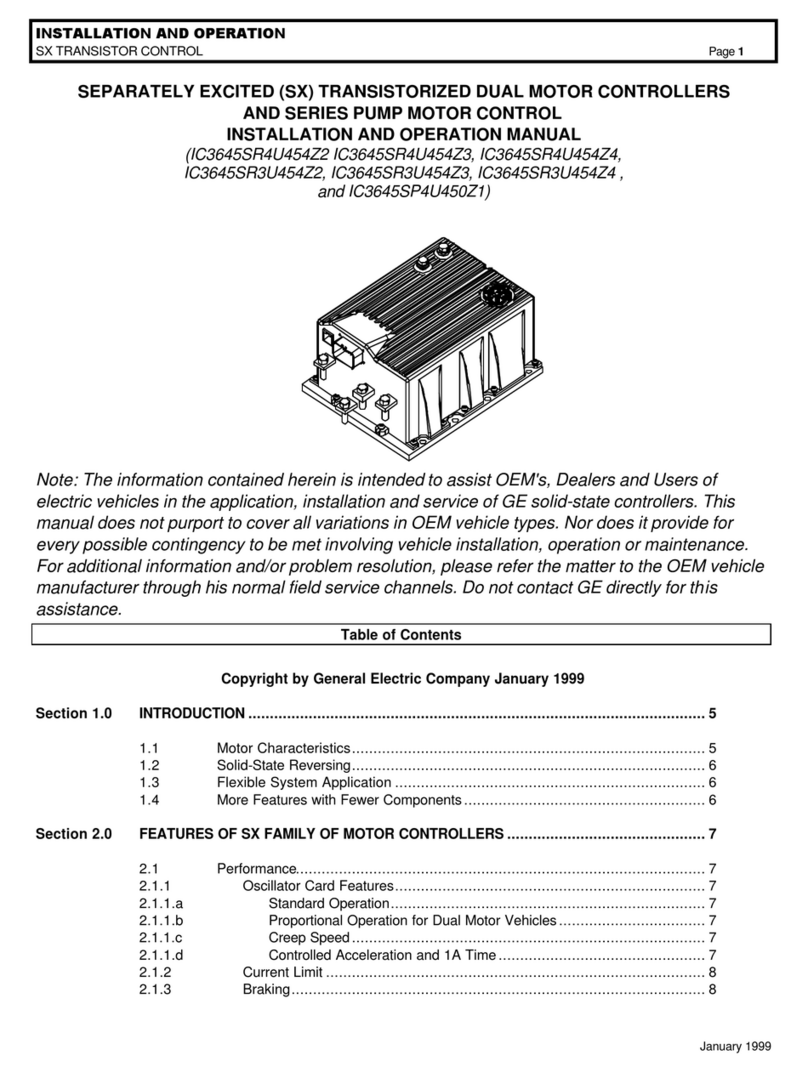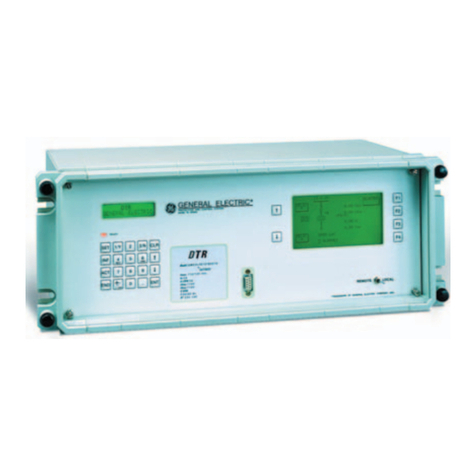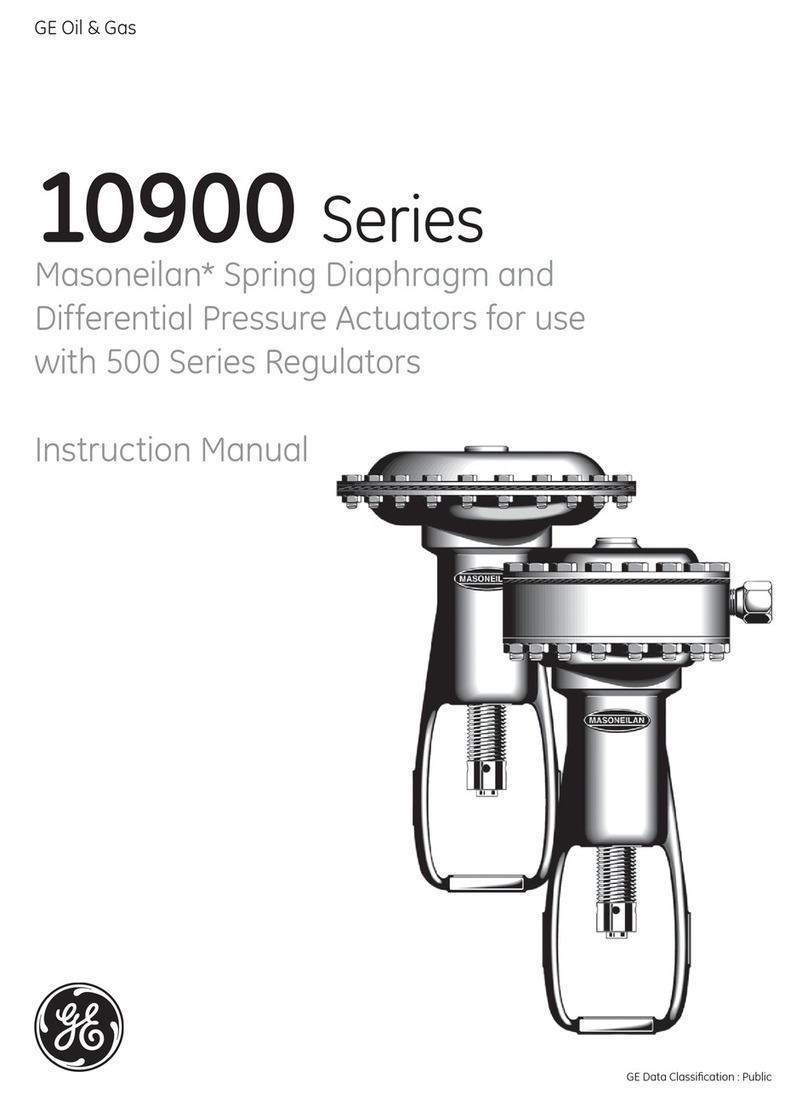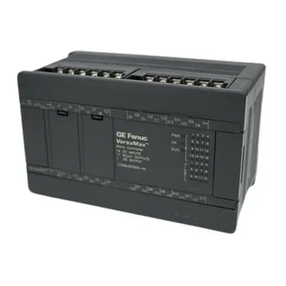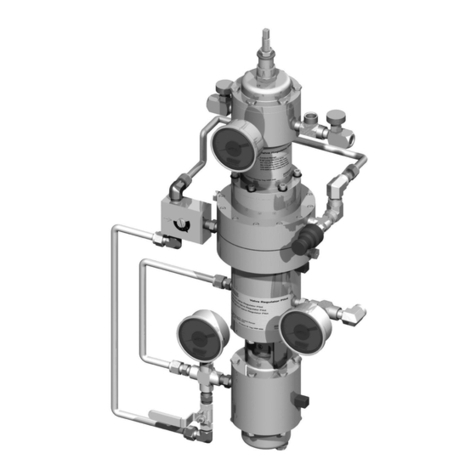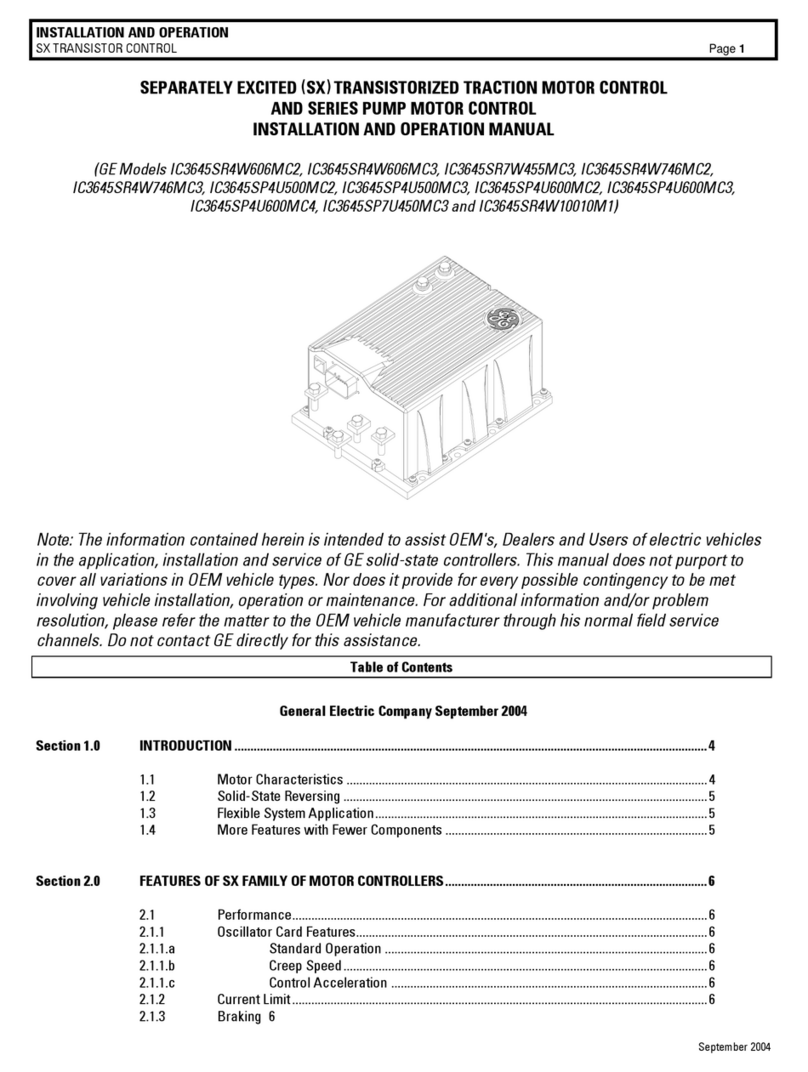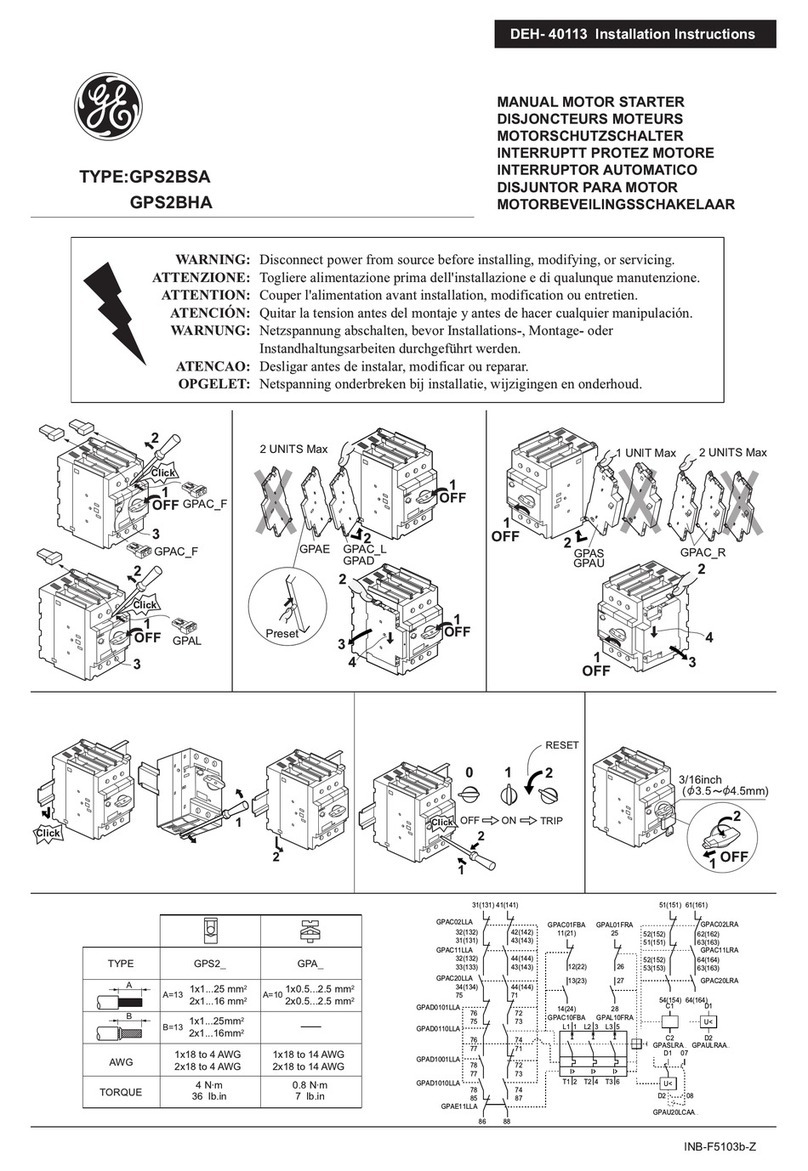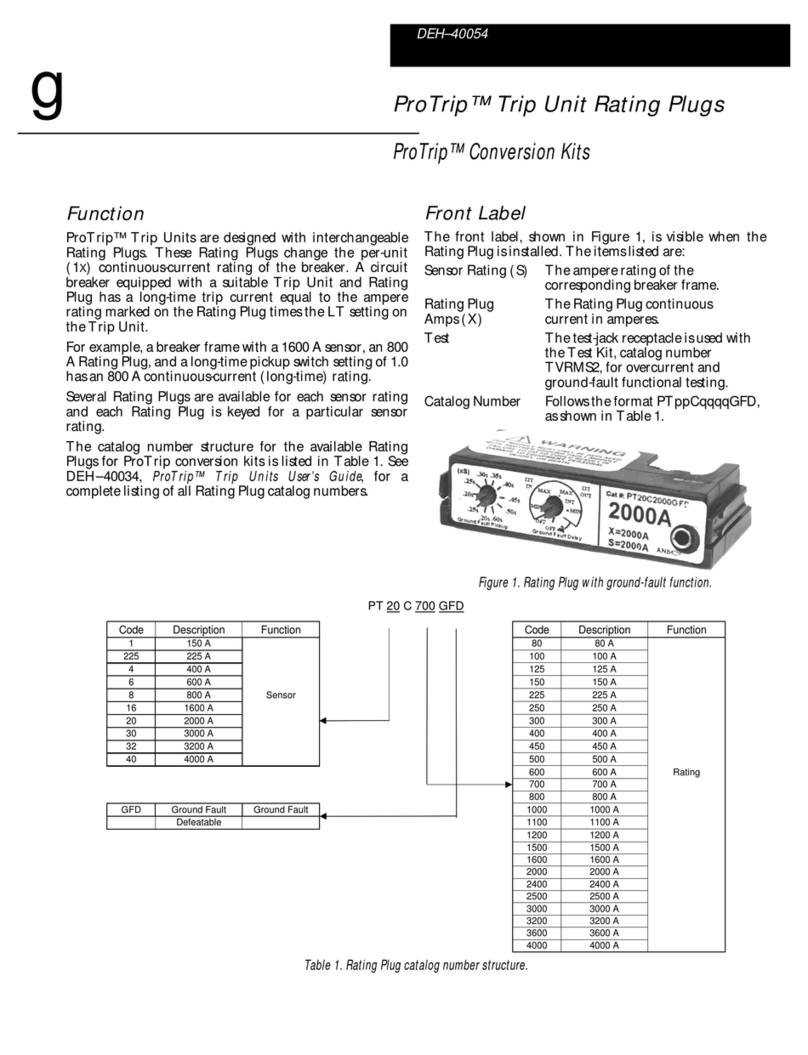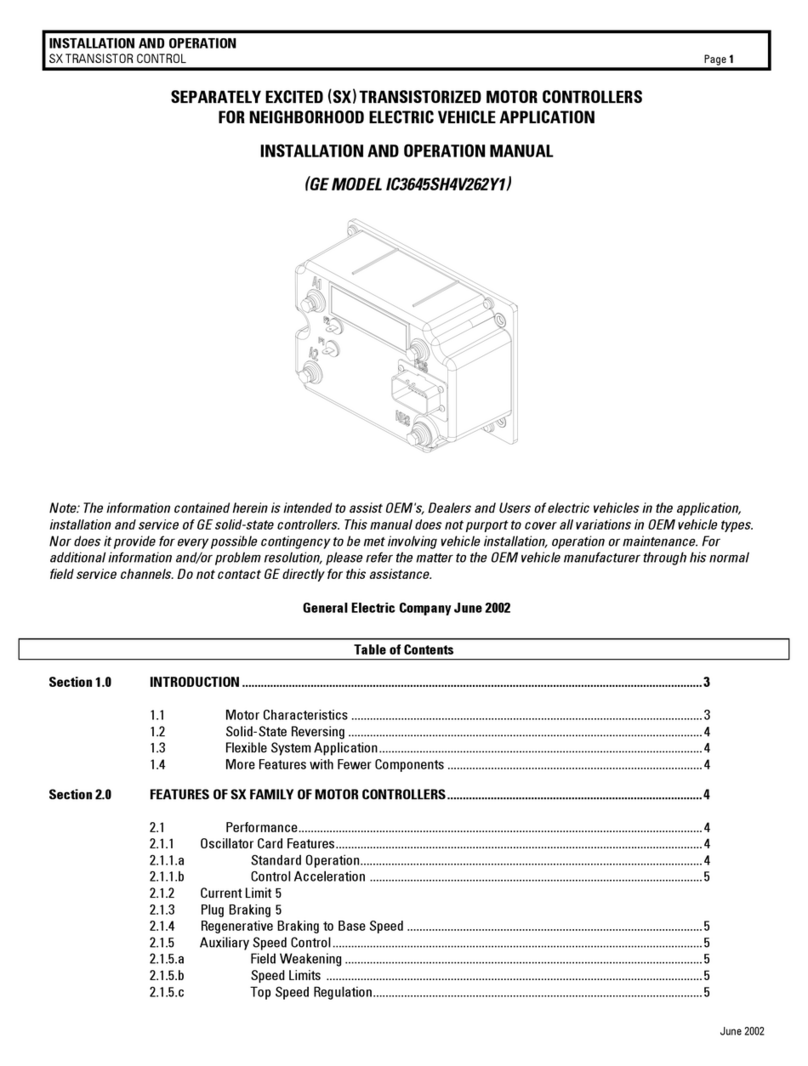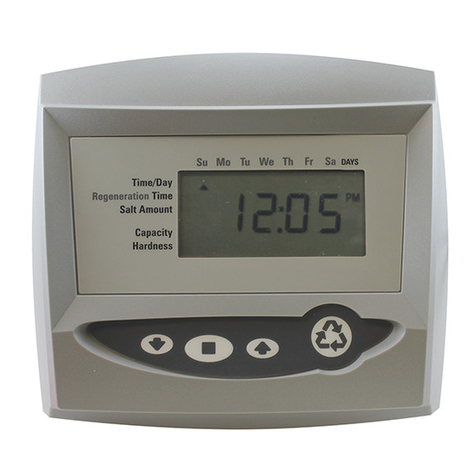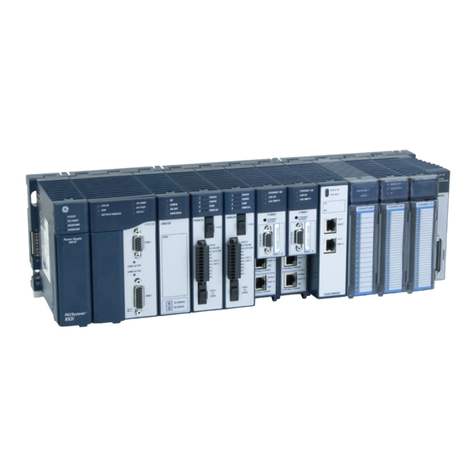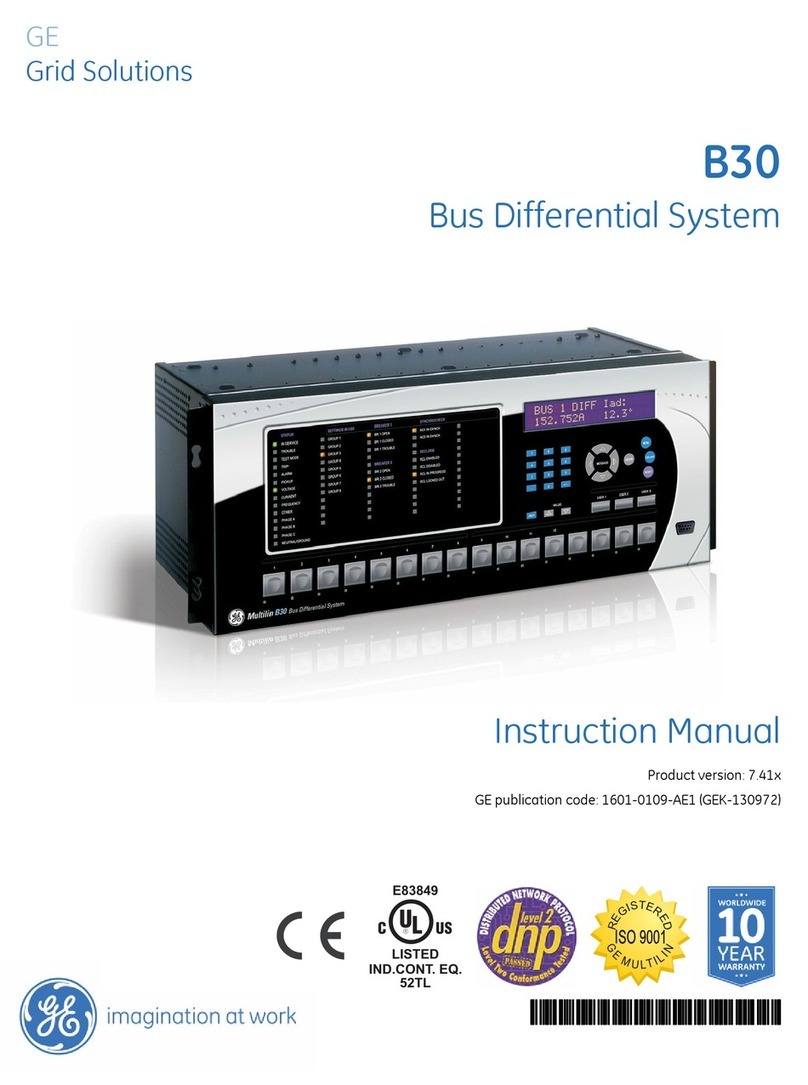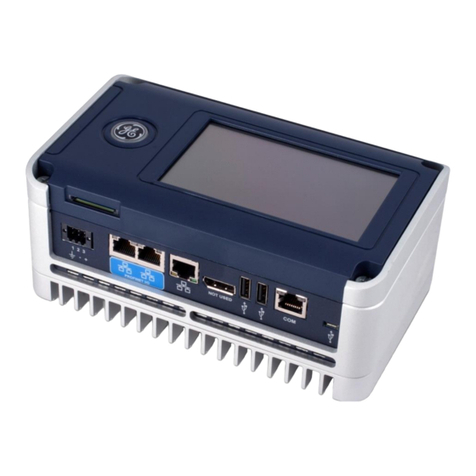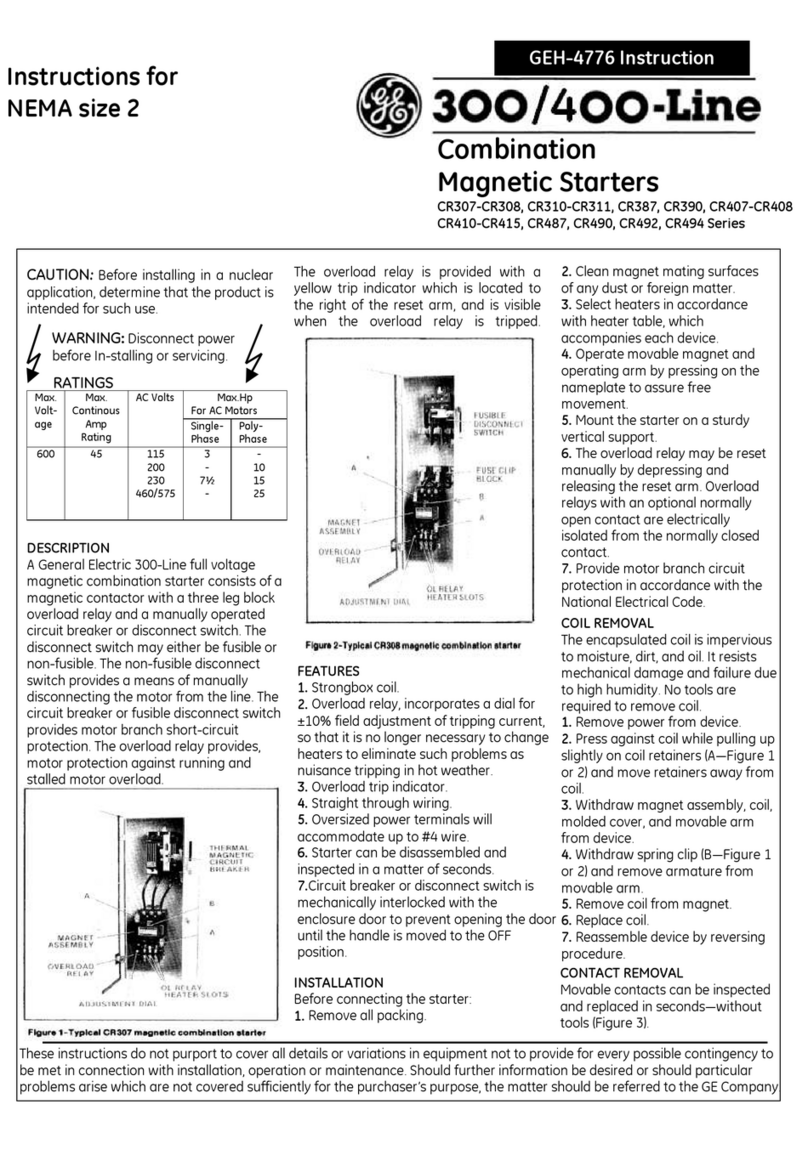
Copyright Notice
©2016, General Electric Company. All rights reserved.
The information contained in this online publication is the exclusive property of General Electric Company, except as otherwise indicated. You
may view, copy and print documents and graphics incorporated in this online publication (the “Documents”) subject to the following: (1) the
Documents may be used solely for personal, informational, non-commercial purposes; (2) the Documents may not be modified or altered in any
way; and (3) General Electric Company withholds permission for making the Documents or any portion thereof accessible via the internet. Except
as expressly provided herein, you may not use, copy, print, display, reproduce, publish, license, post, transmit or distribute the Documents in
whole or in part without the prior written permission of General Electric Company.
The information contained in this online publication is proprietary and subject to change without notice. The software described in this online
publication is supplied under license and may be used or copied only in accordance with the terms of such license.
Trademark Notices
GE and
are trademarks and service marks of
General Electric Company.
* Trademarks of General Electric Company.
Cisco is a registered trademark of Cisco Corporation. Hyperterminal is a registered trademark of Hilgraeve, Incorporated. IEC is a registered
trademark of Commission Electrotechnique Internationale. IEEE and POSIX are registered trademarks of the Institute of Electrical and Electronics
Engineers, Inc. Internet Explorer, Microsoft, and Windows are registered trademarks of Microsoft Corporation. JAVA is a registered trademark of
Oracle Corporation, Modbus is a registered trademark of Schneider Automation, Inc. Netscape is a registered trademark of Netscape
Communications Corporation. SEL is a registered trademark of Schweitzer Engineering Laboratories, Inc.
Other company or product names mentioned in this document may be trademarks or registered trademarks of their respective companies.
Security Notice
Many of the DMC490’s network services are unauthenticated and unencrypted (for example, DNP3/TCP Master). It
is the user’s responsibility to ensure these services are protected from unauthorized use.
Even though the DMC490 includes a host firewall, it is recommended that an external network firewall be placed
on the electronic security perimeter as an additional layer of protection.
